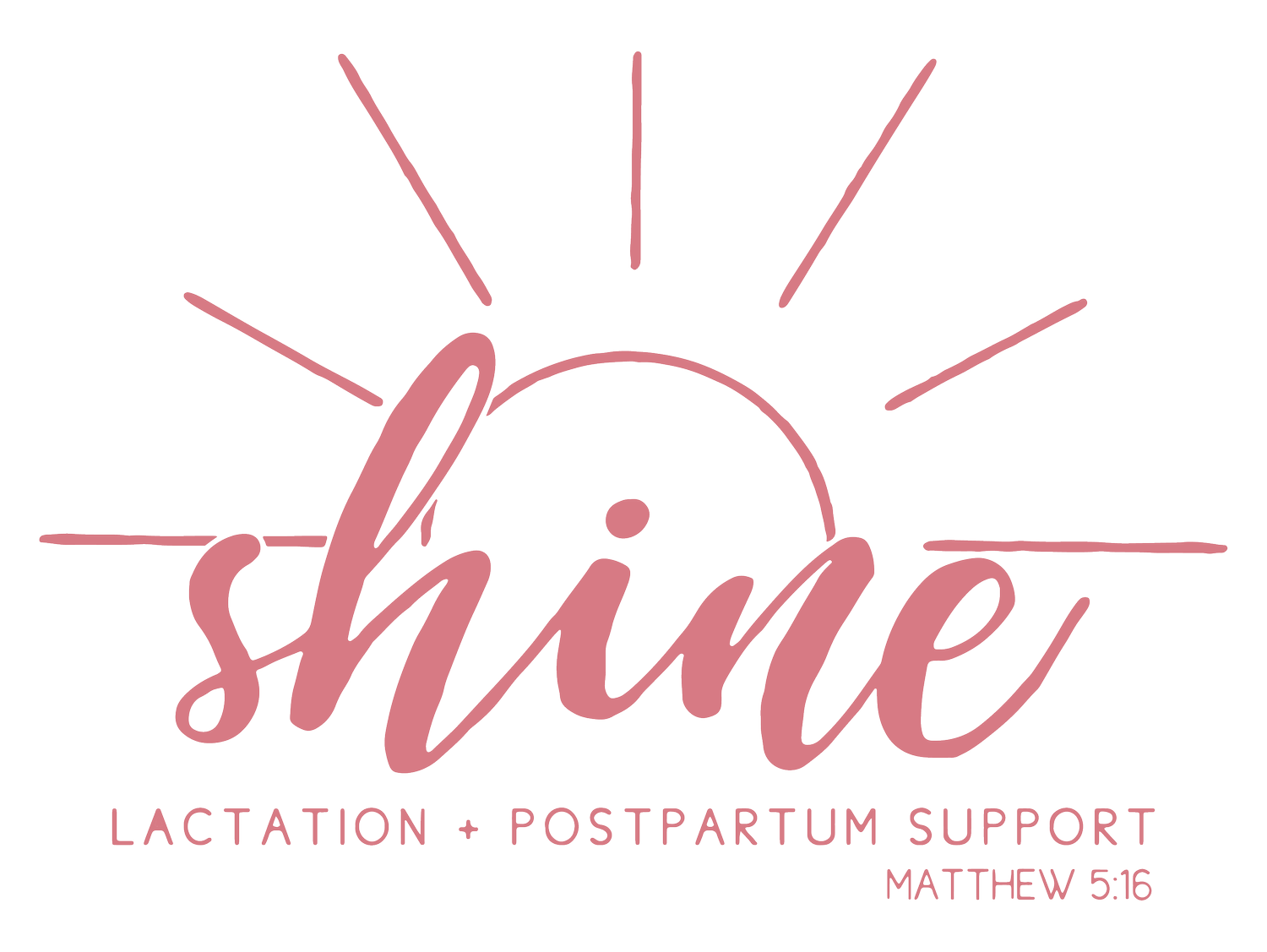Lolli’s Lesson: Why 3-4 weeks?
When is the best time for introducing a bottle? Such a great question that is almost always a conversation I have with new families at initial visits. I know you may hear different opinions on exactly when to begin implementing a bottle into your newborn’s routine. I am hear to tell you—-you are NOT going to do it wrong. I am simply going to give you how I counsel my families with the introduction of a bottle.
Every situation is different and what works for one family may not work for another. There’s also a lot of information to gather in what the breastfeeding goals of the mother are. Is she going to be going back to work and a bottle is going to be part of baby’s every day feedings? Does mom want a way to get others involved in feeding the baby? Was this baby premature and learned to eat from the bottle as they were learning to breastfeed? Has the baby struggled to learn to breastfeed? So many things to consider.
Most of the time, families would like to have a way for others to feed their baby if they are going to be away from baby during a feeding time. As we are establishing breastfeeding, my counsel is to give it two weeks of breast only. There are a few reasons for this, but mostly if breastfeeding is the goal, we want to make sure we are stimulating at the breast, achieving a full milk supply, and help baby settle into effective, pain-free breastfeeding. Sometimes this does take the full two weeks to really feel confident in feeding the baby.
Reasons why I suggest waiting for the 3-4 week period?
1.) Babies LOVE instant gratification. Babies that breastfeed are truly working for their food. A bottle can be sucked down in seconds flat when first introduced to the baby. It’s like the baby is almost inhaling and quite honestly does not know when to stop and take a breath. Now you go back to the breast where I’m gonna have to work a little harder? Some may say…uh, no thank you.
2.) We are working hard to help mom bring in a full milk supply. Pumping is sometimes indicated to help with additional stimulation—and there is most definitely a place for that. In fact, many times I have recommended a mom pump to increase a slow to establish supply. BUT, if we get too much stimulation happening in those first couple of weeks, the boobs may think there’s a “litter” of children to feed. When in reality, we have one baby who we would like to be in charge of “calling in their order” for the amount of milk needed.
3.) Babies, like you and I, sometimes want just a little snack, and sometime they want the full meal deal. Breastfeeding allows for this naturally, whereas it could be more difficult to accomplish with a bottle.
Reasons why I suggest NOT waiting longer than the 3-4 week period?
1.) Well, I can name four of them. My children really struggled taking the bottle. I waited and gave each of them a bottle around 6 weeks of age. Why? Well, I just really didn’t want them taking a bottle. However, it was imperative they learn to bottlefeed because I was going to be gone every once in awhile overnight at work. This left Steve with VERY frustrated babies that would absolutely NOT settle down and eat for him. (We’ve got video to prove it). Babies who are going to need to be left for daycare or even a date night when away from mom NEED to learn to take the bottle. Studies have found that the 3-4 week mark is a great time to implement.
2.) At 3-4 weeks, babies have established breastfeeding and are able to accept something new, especially if given the chance to practice each day. At 3-4 weeks families are generally able to help a baby learn to eat from the bottle BEFORE actually having to. This will give peace of mind to everyone involved with the care of the baby that indeed, baby will be fed without mom.
My suggestions are introducing the bottle at 3-4 weeks to the breastfeeding baby. At that time, one bottle per day will help baby learn that this is sometimes going to be the way they’ll get food. It also gives dads and siblings a chance to connect with baby. It gives mom a break! And, it is a really super tool I use to help ease the cluster feeding and “witching hour” that typically happens during the evening time. Sometimes, it’s even a great tool for extending the nighttime sleep stretches.
As I said, you will not do it wrong and each baby is different. But for normal full-term newborns that are breastfeeding, this is my recommendation. Wish I had taken my own advice so many years ago… ha!


